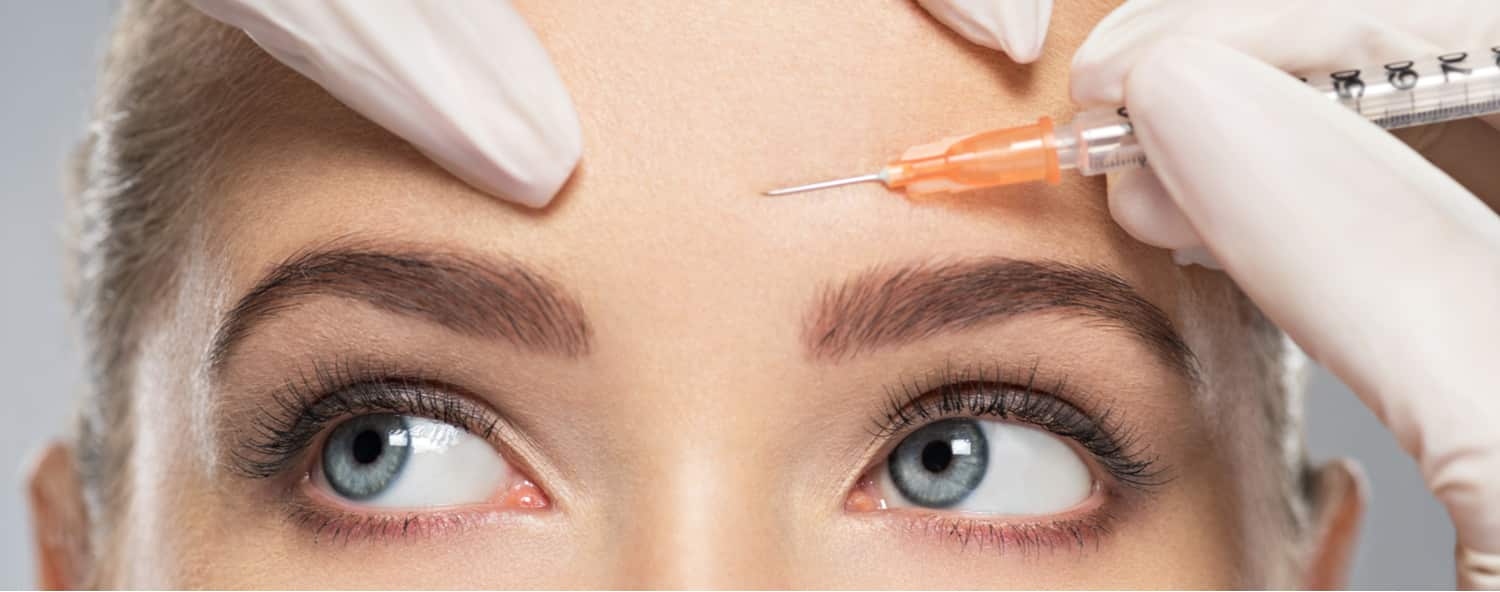Botulinum toxin injections can help reduce the appearance of dynamic wrinkles and are the most common cosmetic treatment in the United States. This procedure works by blocking signals from your nerves to your muscles. As a result, the muscles do not contract and dynamic facial wrinkles appear less pronounced or do not appear at all. Results last for approximately three to five months. At first, professionals used these injections in an ophthalmological setting. Over time, researchers discovered the cosmetic benefits and the use of these injections for aesthetics became more prominent.
The Discovery of Botulinum Toxin
Botulinum toxin is a protein that the bacterium Clostridium botulinum produces. When ingested, it can result in the disease botulism, which causes paralysis. Botulism was first described in 1820 by Justinus Kerner, a German medical officer. He researched the effects of the toxin and even suggested that it could be used therapeutically in the future if its mechanism could be controlled. Later, in 1895, biologist Émile van Ermengem identified Clostridium botulinum as the source of the toxin.
Ophthalmological Botulinum Toxin Injections
The first therapeutic use for botulinum toxin injections was to correct strabismus, which is an eye muscle disorder that causes the eyes to be misaligned. Although doctors could treat the condition surgically, they would often need to repeat the surgery. As a result, ophthalmologists in the 1970s began researching injections as a more effective method to treat strabismus. Researchers tried various neurotoxins, enzymes, and anesthetics.
Eventually, Alan B. Scott and his colleagues tested botulinum toxin type A injections for the muscles around a monkey’s eyes. The results were effective and long-lasting. The researchers also did not observe any adverse side effects. Scott received approval from the Food and Drug Administration (FDA) to start testing the drug and the first injections on human patients started in 1977. The FDA approved the drug in 1989 to treat adult strabismus and eyelid spasms (blepharospasm).
Cosmetic Uses of Botulinum Toxin Injections
The first individual to document the effect of botulinum toxin on wrinkles was California plastic surgeon Richard Clark in 1989. He used the treatment on a patient whose left forehead was paralyzed after a facelift. Injecting the right side of her forehead smoothed out the wrinkles and allowed it to match the left side. In 1992, Jean and Alistair Carruthers documented that patients they injected with botulinum toxin for blepharospasm also benefited from reduced frown lines.
The FDA approved Botox for cosmetic use in 2002. Dysport, the treatment we use at our office, received approval in 2009.
Botulinum Toxin Injections Today
Today, botulinum toxin type A injections are the most popular type of cosmetic treatment, with over 7.4 million procedures performed in the United States in 2019. This is according to the American Society of Plastic Surgeons. There has been an 878% increase in this procedure since 2000 and more and more individuals are embracing its benefits.










